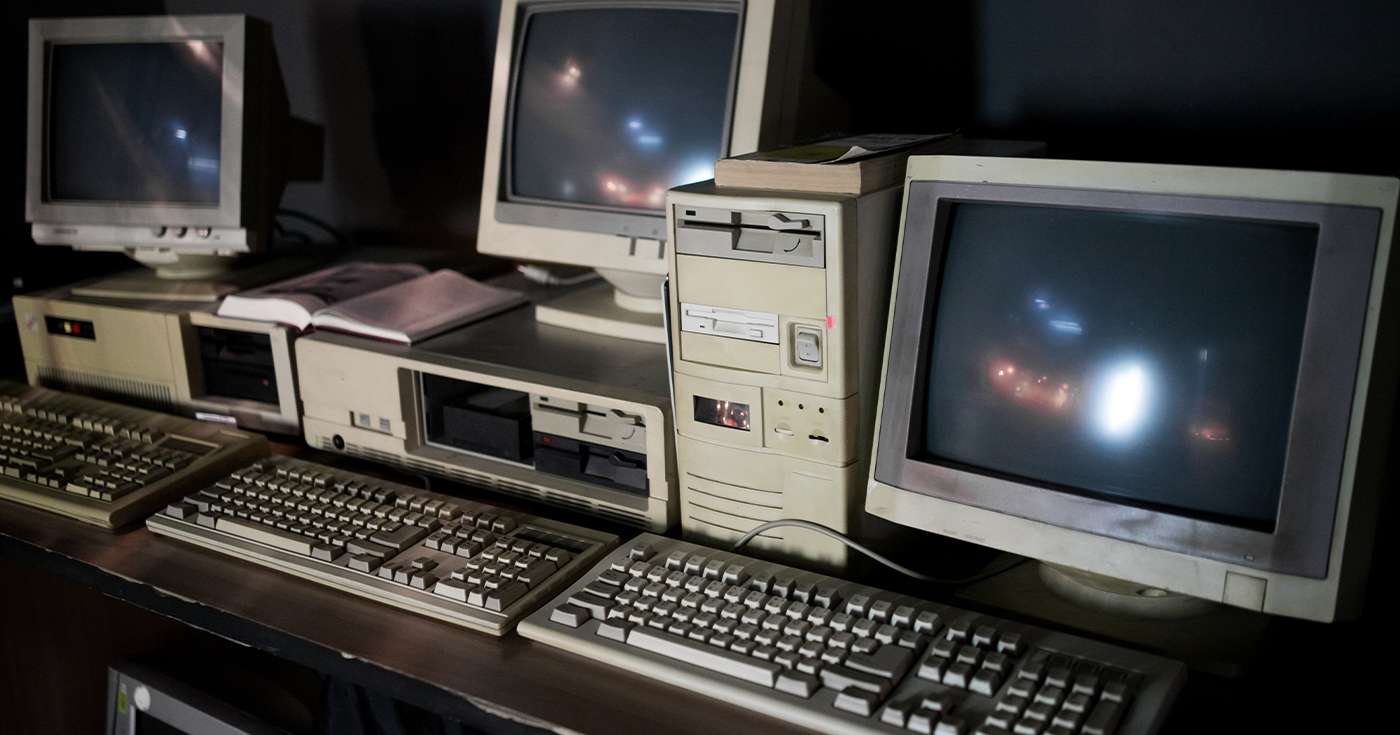
Executive Summary
- It’s not always clear how often your business should replace its hardware. Whether that’s desktops or laptops, not updating to the latest tech can sometimes be the wrong call.
- In this article, we’ll give our expert plain English advice on when exactly you should replace your IT hardware – or whether it’s better to simply repair it.
Introduction
It’s no exaggeration to say that modern business is built on its IT infrastructure.
With the internet at the centre of almost every business, (and with that number growing all the time), what used to be another strand of a company’s operations has now become the singular focus for many.
But what good is the internet without the hardware to use it? It’s this topic that we’ll be focusing on in this article.
We’ll advise you on how often you should replace your business IT hardware, and try to answer that eternal question: repair or replace?
When should you replace your workstations or laptops?
Of course, all businesses are different, so your tolerance for older tech might be higher (or lower) than somebody else’s. That said, there is a general rule of thumb which governs business hardware which we recommend here at Get Support IT Services.
Our recommendation is that businesses budget for full replacement of their IT hardware every 5 years.
Don’t worry, this doesn’t mean you need to replace everything at the same time. Different hardware will have different lifespans: laptops, for example, will show wear and tear much sooner than a desktop. It’s simply that we recommend you plan your budget at least 5 years ahead.
Assuming you didn’t buy everything all at once, one good option is to plan to replace 20% of your hardware every year over the next five years.
Of course, if you did buy everything in one go, this rolling approach might not work for you. In this case, you might want to consider leasing to replace your entire fleet of tech and spread the cost over its lifecycle.
Want more details? Check out our dedicated guide to buying vs. leasing.
The repair vs. replace dilemma – and the true cost of making the wrong choice
It’s a dilemma we’ve all faced at one time or another: repair something… or simply replace it?
When it comes to something like a pair of shoes, it probably makes sense to repair them a couple of times before replacing them, but computer hardware is a whole different ballgame.
While it’s tempting to simply repair individual components within a desktop or laptop to get it working again, there comes a point when you hit diminishing returns.
What does that look like in the real world?
Well, here are a couple of big
downsides of choosing not to replace your business IT hardware:
- Older machines may cost you more in the long term. Repairing a 5-year-old machine might be a little cheaper, but you may lose more in productivity than it would cost you to replace it.
- Dated hardware opens the door to security issues. Older machines might not support the latest operating system, and may even be “end of life”, meaning you won’t get critical security patches.
4 signs it’s time to replace your business’s IT hardware
So, whether you’re not sure if your business computers are quite old enough for replacement yet, or you’re simply happy with things ticking over as they are – let’s take a closer look.
Below are 4 signs to keep an eye out for in your business. Spot any of these and it could mean it’s time to replace your hardware (and enjoy all of the benefits that brings):
- You’re regularly running out of storage space. If your team are always asking for external hard drives or leaning on the cloud to store files rather than your old computers, it’s probably time for an upgrade. (Although, if your machines are still quite recent, upgrading to larger hard-drive or SSD can be a better solution here.)
- You can’t install the latest version of essential software. If your machines are very old, they may not even allow you install the latest software – such as Microsoft 365 – leaving your business behind your competitors.
- Your team are frstrated that they must always be at their desk. The world of work has changed, and if your team are still tied to a single desktop workstation, it’s definitely time to look into a switch to laptops (or even some remote desktop solutions).
- Employees are frustrated due to slow machines and lost productivity. Nobody likes twiddling their thumbs while a simple document loads, or having to close three apps just to open one. This type of productivity loss is insidious, and upgrading can result in huge gains you didn’t even know were possible.
Still not sure if your IT hardware is up to scratch?
It’s never easy to manage a fleet of workstations, laptops, and other business devices, but here at Get Support IT Services, we’re got the decades of experience needed to help you make an informed choice.
If everything we’ve covered in this article has only left you feeling even more unsure about whether or not it’s time to upgrade, our team of IT experts is here to help.
For a no-obligation assessment of your IT hardware setup, simply fill in the form below or call us today on 01865 59 4000.